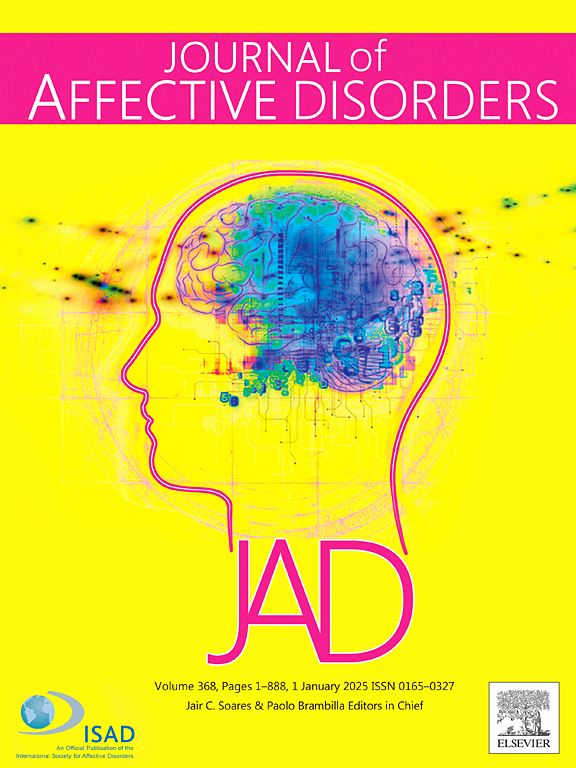Using natural language processing to identify patterns associated with depression, anxiety, and stress symptoms during the COVID-19 pandemic
IF 4.9
2区 医学
Q1 CLINICAL NEUROLOGY
引用次数: 0
Abstract
Background
Combining data-driven natural language processing techniques with traditional methods using predefined word lists may offer greater insights into the connections between language patterns and depression and anxiety symptoms, particularly within specific stressful contexts.
Methods
Between 2020 and 2021, 1106 participants wrote narrative responses describing their experiences during the COVID-19 pandemic and completed the Depression Anxiety Stress Scale-21 (DASS). We investigated language patterns associated with DASS symptoms using established categories from Linguistic Inquiry and Word Count (LIWC) and sentiment analysis, as well as exploratory natural language processing techniques. Finally, we constructed machine learning regression models in order to assess how much of the variance in DASS symptoms is related to language use.
Results
We found significant positive bivariate correlations between total DASS symptoms and hypothesized LIWC categories: first-person singular pronouns, absolute language, and negative emotion words. These results remained largely similar when using negative sentiment scores and when statistically controlling for gender, age, and education. Exploratory n-gram analyses also revealed new individual words and phrases correlated with total DASS symptoms. Lastly, our regression models demonstrated a significant association between language use and total DASS symptoms (R2 = 0.36–0.62).
Conclusions
The current study is one of the first to examine associations between language use and DASS symptoms during the pandemic using both traditional and data-driven techniques. These results replicate and extend prior findings regarding negative emotion and absolute language and identify unique correlates of DASS symptoms during pandemic-related stress, contributing to the literature on language and mental health more broadly.
求助全文
约1分钟内获得全文
求助全文
来源期刊

Journal of affective disorders
医学-精神病学
CiteScore
10.90
自引率
6.10%
发文量
1319
审稿时长
9.3 weeks
期刊介绍:
The Journal of Affective Disorders publishes papers concerned with affective disorders in the widest sense: depression, mania, mood spectrum, emotions and personality, anxiety and stress. It is interdisciplinary and aims to bring together different approaches for a diverse readership. Top quality papers will be accepted dealing with any aspect of affective disorders, including neuroimaging, cognitive neurosciences, genetics, molecular biology, experimental and clinical neurosciences, pharmacology, neuroimmunoendocrinology, intervention and treatment trials.
 求助内容:
求助内容: 应助结果提醒方式:
应助结果提醒方式:


